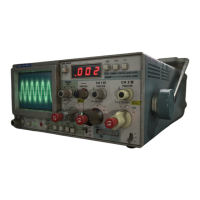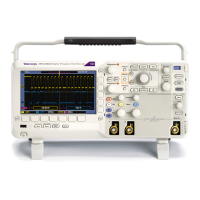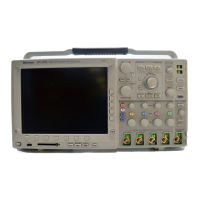Oscilloscope Reference Measurement variables
What do you want to do next?
Learn about cursor measurements. (see page 82)
Go to a ste
p-by-step procedure for taking automatic measurements.
(see page 602)
Measurement variables
By knowing how the instrument makes calculations, you may better understand how to use your instrument
and how to interpret your results. The instrument uses a variety of variables in its calculations. These
include:
High, low
High is the value used as the 100% level in m easurements such as fall time and rise time. For e xample,
if you request the 10% to 90% rise time, then the instrument calculates 10% and 90% as percentages
with High representing 100%.
Low is the value used as the 0% level in measurements such as fall time and rise time.
The exact meaning of High and Low depends on which of two calculation methods you choose from the
High-Low Setup item of the Measure menu. These are Min-max and Histogram.
Min-Max method. defines the 0% and the 100% waveform levels as the lowest amplitude (most negative)
and the highest amplitude (most positive) samples. The min-max method is useful for measuring
frequency, width, and period for many types of signals. Min-max is sensitive to waveform ringing and
spikes, however, and does not always measure accurately rise time, fall time, overshoot, and undershoot.
The m in-max method calculates the High and Low values as follows:
High = Max
and
726 DSA/DPO70000D, MSO/DPO/DSA70000C, DPO7000C, and MSO/DPO5000 Series
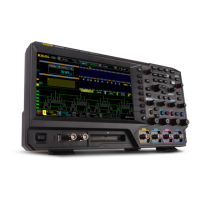
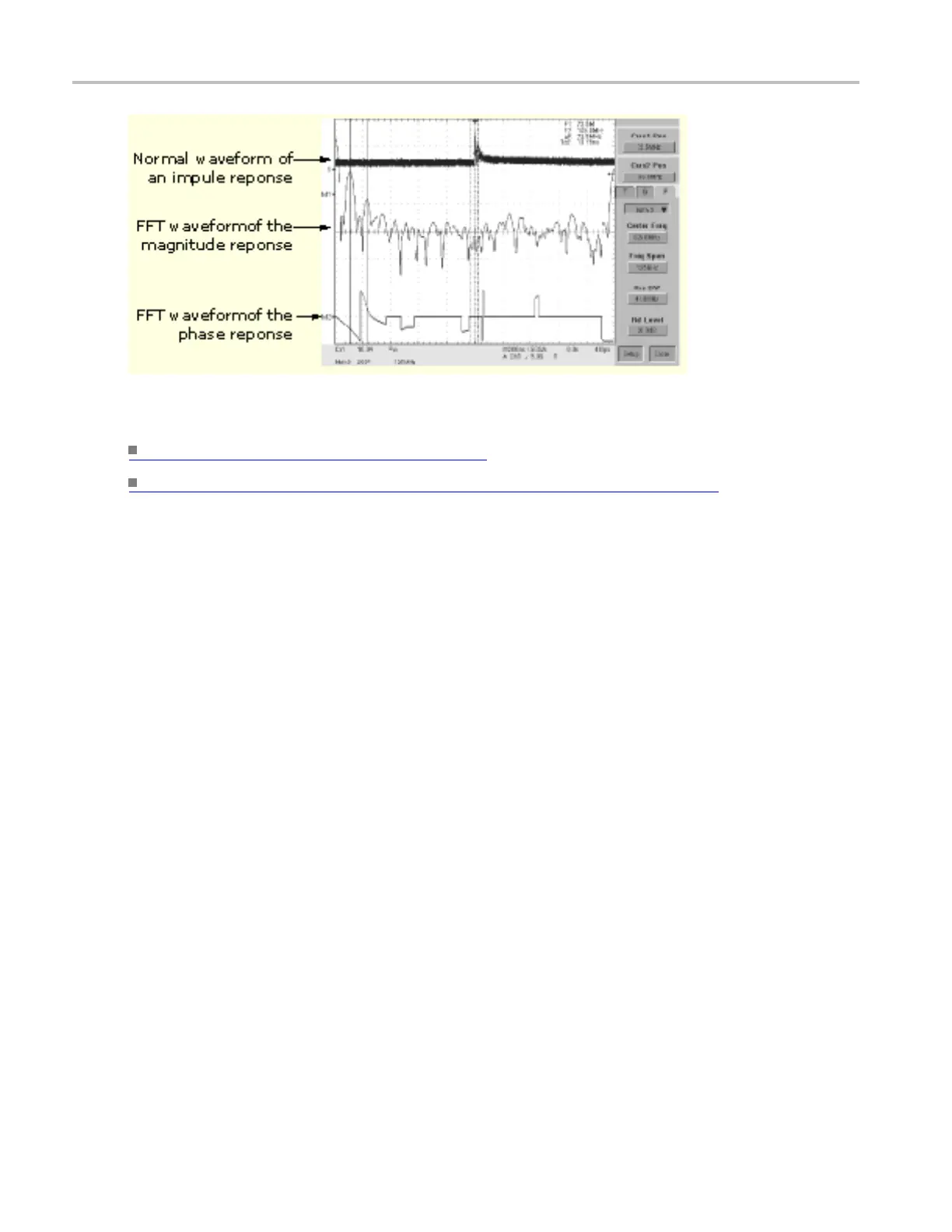